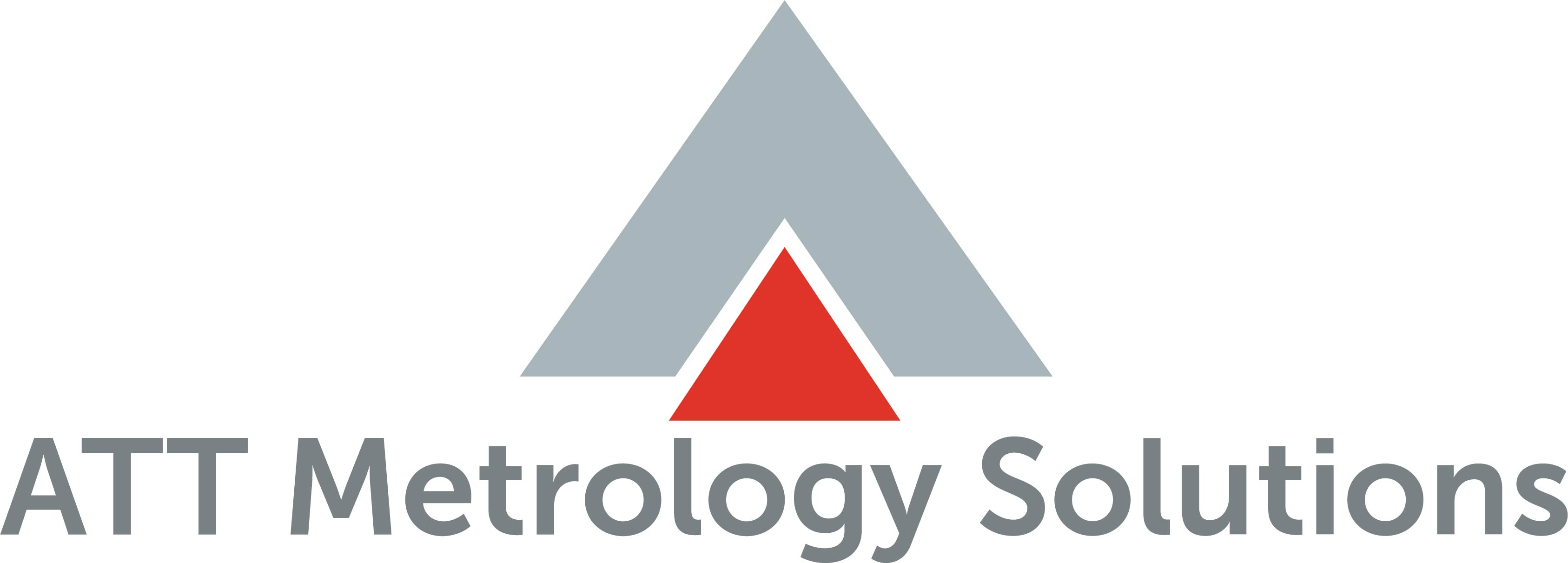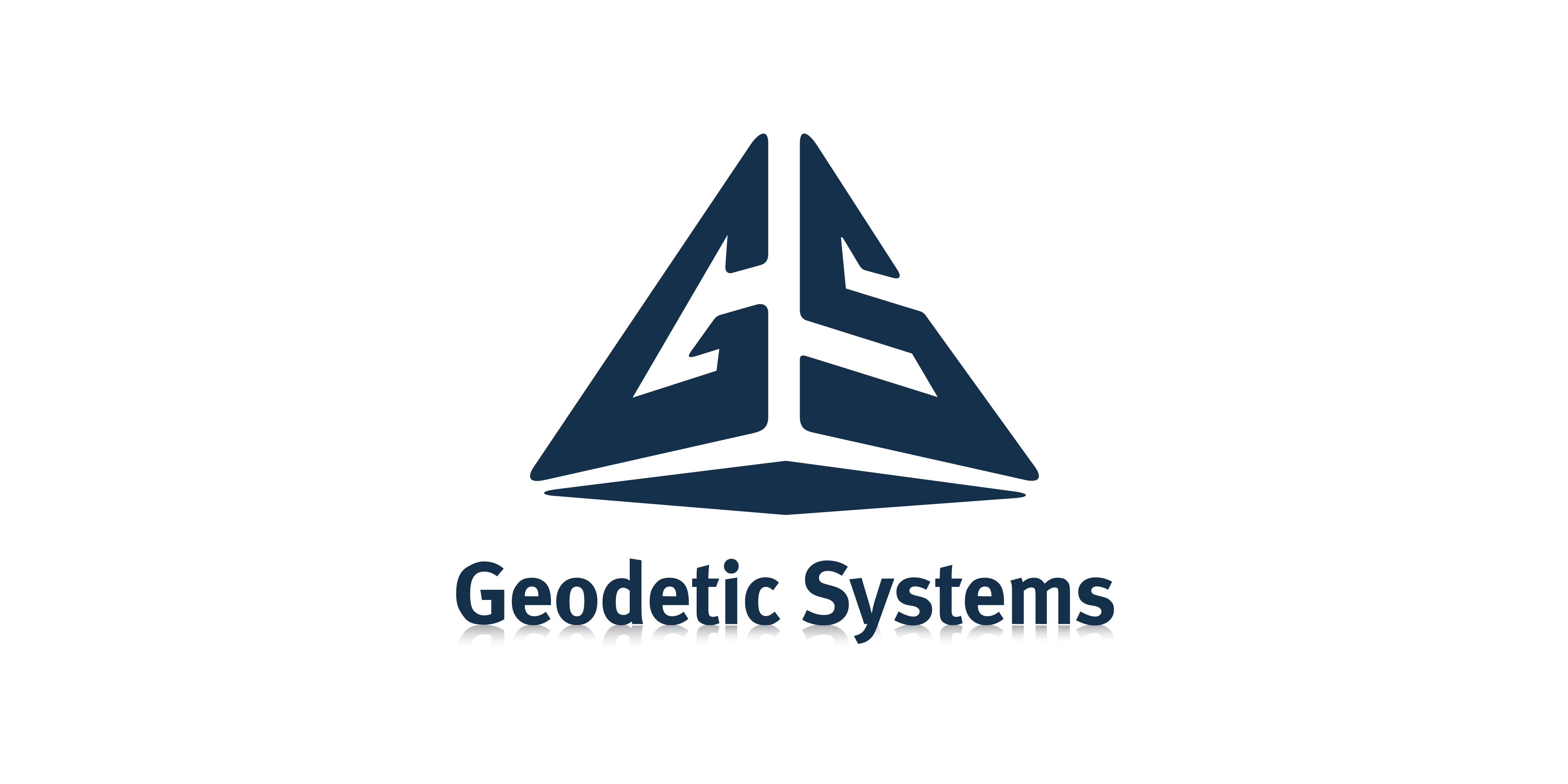Speaker Bio:
Prem Rachakonda is a Mechanical Engineer at NIST in the Dimensional Metrology Group. He has a Masters degree in Manufacturing Systems from University of Kentucky and has been at NIST for about 13 years. Recently he has been working on standardizing the performance evaluation of 3D scanners.
An Overview of Activities at NIST in Support of the Development of a
New ASTM E57 Point-to-Point Standard Related to 3D Imaging Systems
Prem Rachakonda*, Bala Muralikrishnan*, Meghan Shilling*, Daniel Sawyer*,
Geraldine Cheok‡
*Dimensional Metrology Group, Engineering Physics Division &
‡Sensing and Perception Systems Group, Intelligent Systems Division,
National Institute of Standards and Technology, Gaithersburg, MD
Abstract
The Dimensional Metrology Group (DMG) at National Institute of Standards & Technology (NIST), along with various other organizations has been involved in the development of a documentary standard for a class of 3D metrology instruments that use a spherical coordinate system (e.g., terrestrial laser scanners (TLSs)). NIST is a major contributing member of this effort and possesses unique expertise for this task due to our prior experience with other instruments such as laser trackers that also use spherical coordinate system.
The ASTM E57 committee on 3D imaging systems created a working group within the sub-committee E57.02 on Test Methods in 2006 to standardize the evaluation of instruments such as TLSs. That subcommittee released a standard, the ASTM 2938-15, in 2015. This document had limited the scope of the standard to evaluate only the relative range of all 3D imaging systems (spherical and non-spherical coordinate systems). As this standard was being balloted, another working group was formed in 2013 that started addressing the performance evaluation of these instruments in its entire work volume. The draft standard for this new expanded scope is likely to be submitted for balloting in the summer of 2017.
Challenges in evaluating TLSs include the commercial availability of high quality targets, methods to obtain ground truth measurements and information about the sources of error. Other challenges include mounting methods, data collection and data processing algorithms used to deduce the performance criteria. A lot of the methods included in this draft standard were realized and tested at NIST before being incorporated into the document.
This paper will present NIST’s work and its contributions to the development of this documentary standard for evaluating 3D imaging systems.





